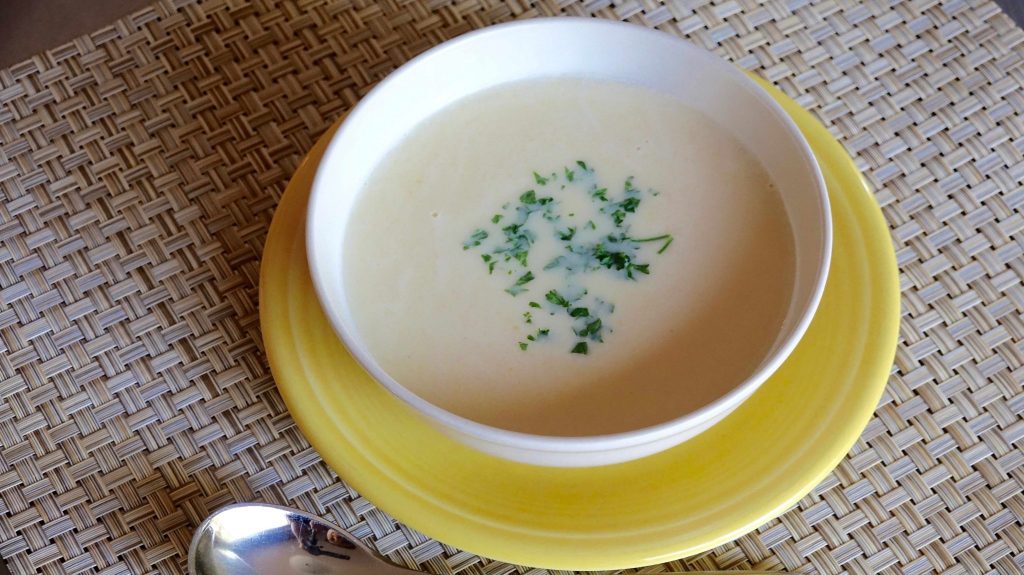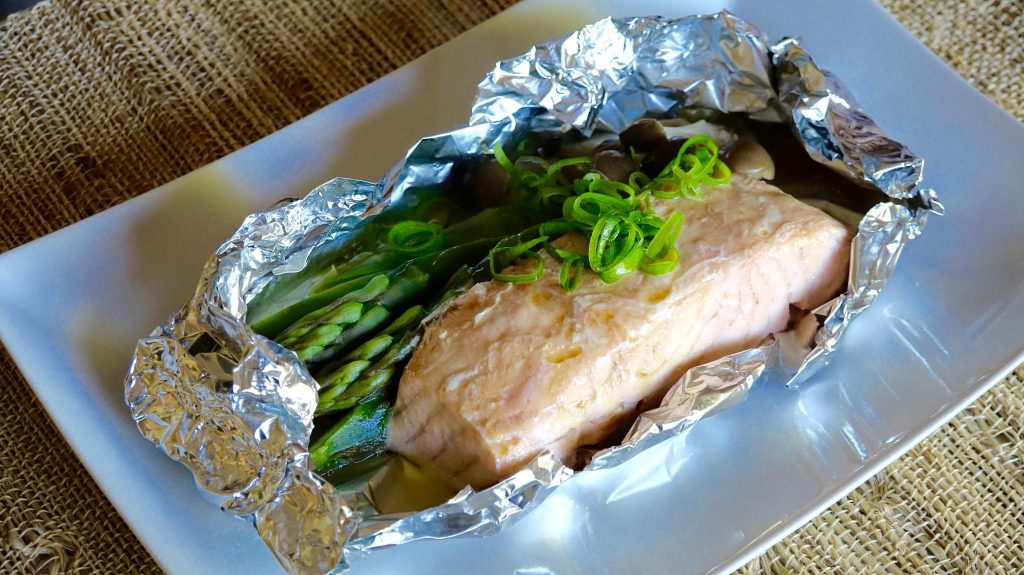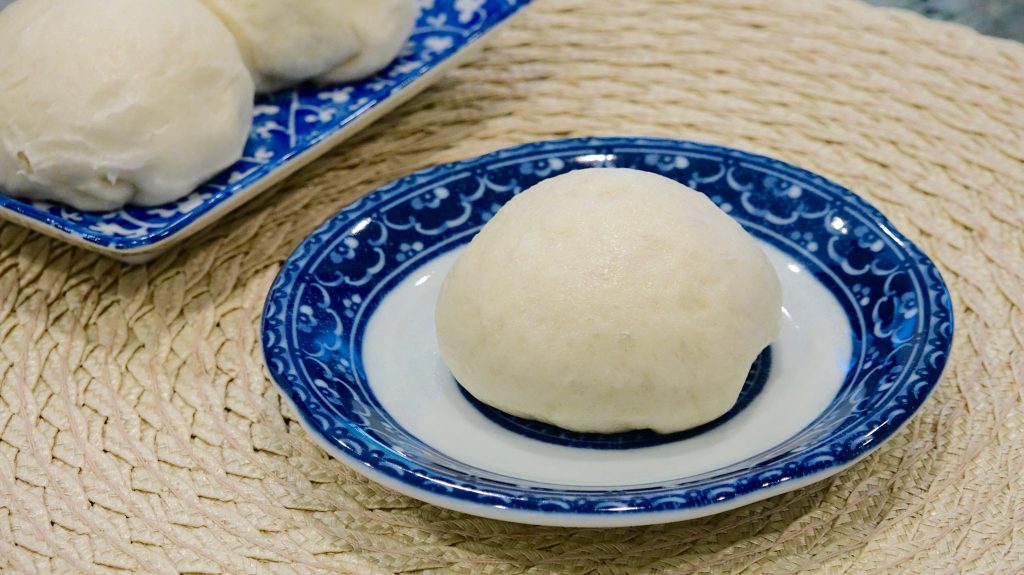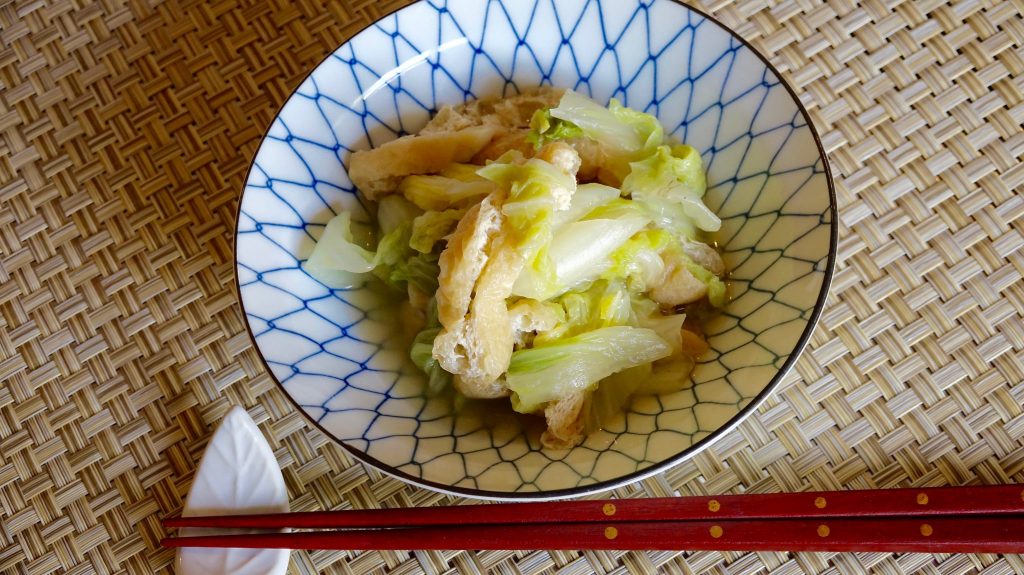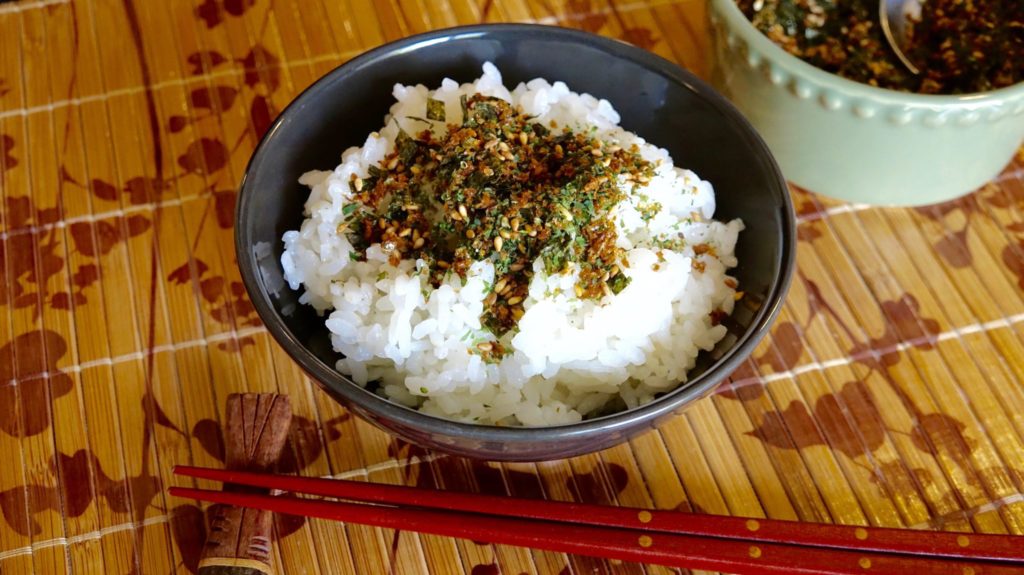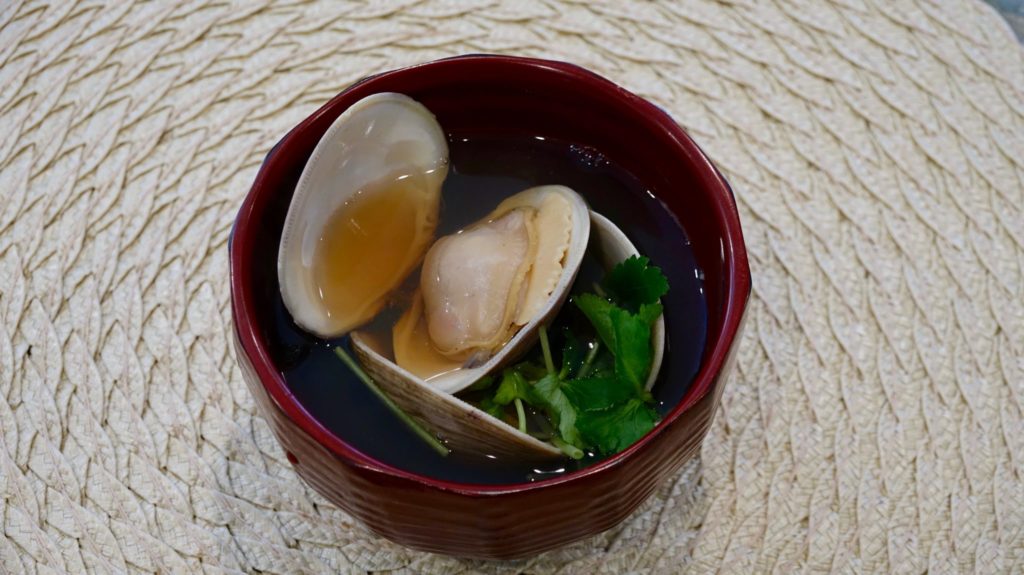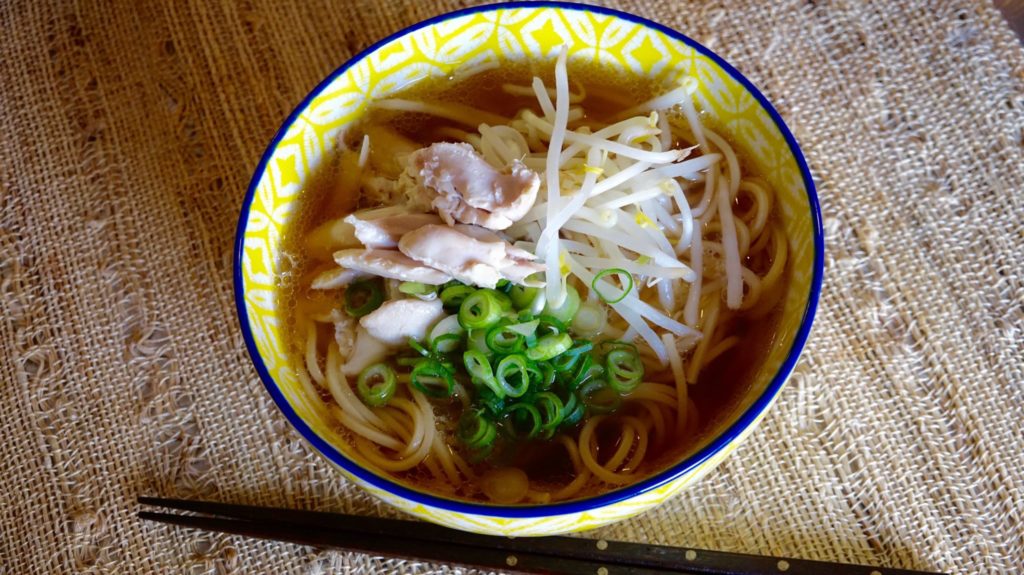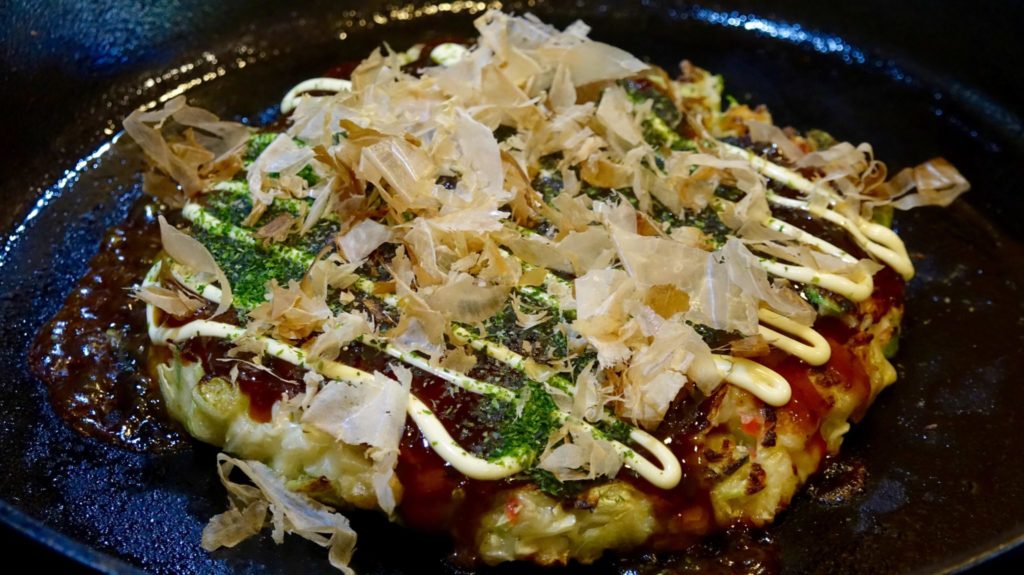Corn Potage Soup is a popular western-style soup in Japan. Corn gives the soup natural sweetness and this Corn Potage uses creamed corn, not just corn kernels, help adding even more body to the soup. This creamy corn soup goes so well with other western-style Japanese food like Hamburger Steak that together they make a perfect meal.
Grilled fish in foil is a very common home-cooking technique in Japan. It is a very quick and easy everyday dinner, but also a healthy and delicious dish.
Anman are Japanese steamed hot buns with Anko filling. The white bread part is made from both yeast and baking powder, and it is soft and tender. The filling is Koshian, smooth sweet red bean paste with a hint of sesame flavor. The name Anman comes from the Anko and the cake – Manjyu. Even though Manjyu are more traditional Japanese sweet cakes, this is a steamed Manjyu Japanese people love eating for a hot snack and light meal, just like Nikuman, the savory counterpart.
Koshian (or koshi-an) is a kind of sweet red bean paste (Anko) used in a lot of Japanese sweets. While Tsubuan Anko is bean paste containing whole beans, Koshian is a strained and smooth paste. Koshian is used in many traditional Japanese desserts which have a more sophisticated feel. It tastes a little less sweet than Tsubuan Anko, and it may be easier for people who don’t like that sweet of an Anko flavor.
Hakusai (Nappa or Napa Cabbage) Nibitashi is a very typical home-made Japanese side dish. It is light, healthy, and subtly flavored, and can go with any entree and steamed rice. You don’t see this traditional small dish very often at Japanese restaurants in the US, but it is a perfect vegetable side dish for everyday dinners.
Furikake are rice toppings which are made of dried seafood and seasonings. Furikake is not typically made at home as a side dish, but is more often prepackaged products you buy at supermarkets and other stores in Japan. However, if you don’t have access to shops that sell Furikake, it is easily made at home too. There are many kinds of Furikake out there, but we will show you a very basic one with Nori and Katsuo (dried seaweeds and bonito flakes) here.
Gyoza is dumplings, usually ground pork or chicken and vegetables wrapped in round (fresh pasta like) flour skins and pan-fried. Gyoza is originally from Chinese fried dumplings, but it is so popular and rooted well in Japanese cuisine today. Most of the time, Japanese Gyoza is pan fried (with some steaming action in the middle), however, here we deep-fry to make them crispy outside and juicy inside.
Ushiojiru is a simple clear soup with Hamaguri (hard clams). It is often eaten on the girls’ festival in Japan on March 3rd. Umami, savory flavor, from the shellfish is so rich and deep that the seasoning for this soup is very minimal. The fresh green taste of Mitsuba leaves is a nice — and only — accent for this soup.
Ramen is a very popular noodle soup in Japan. Ramen noodles are originally Chinese style noodles, but they have changed and evolved to become a favorite Japanese food over many years. There are millions of Ramen restaurants in Japan, from old neighborhood Chinese restaurants, to Ramen street carts open late at night, to slick and modern Ramen specialty shops in cities. Those Ramen cooks all work so hard researching and testing to develop their very own original flavors for the noodles and soups of Ramen. Because there are a lot of Ramen restaurants out there, the competition among them to be popular or even to survive is brutal. But once they win the battle, customers won’t mind waiting for hours for their Ramen.
Okonomiyaki is a cabbage pancake covered with savory Okonomiyaki sauce. Okonomiyaki sauce is a Worcester-based sauce with some sweetener, similar to Tonkatsu Sauce, and it is the crucial flavor of this dish. Okonomiyaki with pork is the one of the most popular kinds, but Squid is also a staple item on the menu at Okonomiyaki restaurants in Japan. We recommend using raw squid because it will give the batter more flavor, but any squid you can find, such as calamari (not breaded), is fine.
